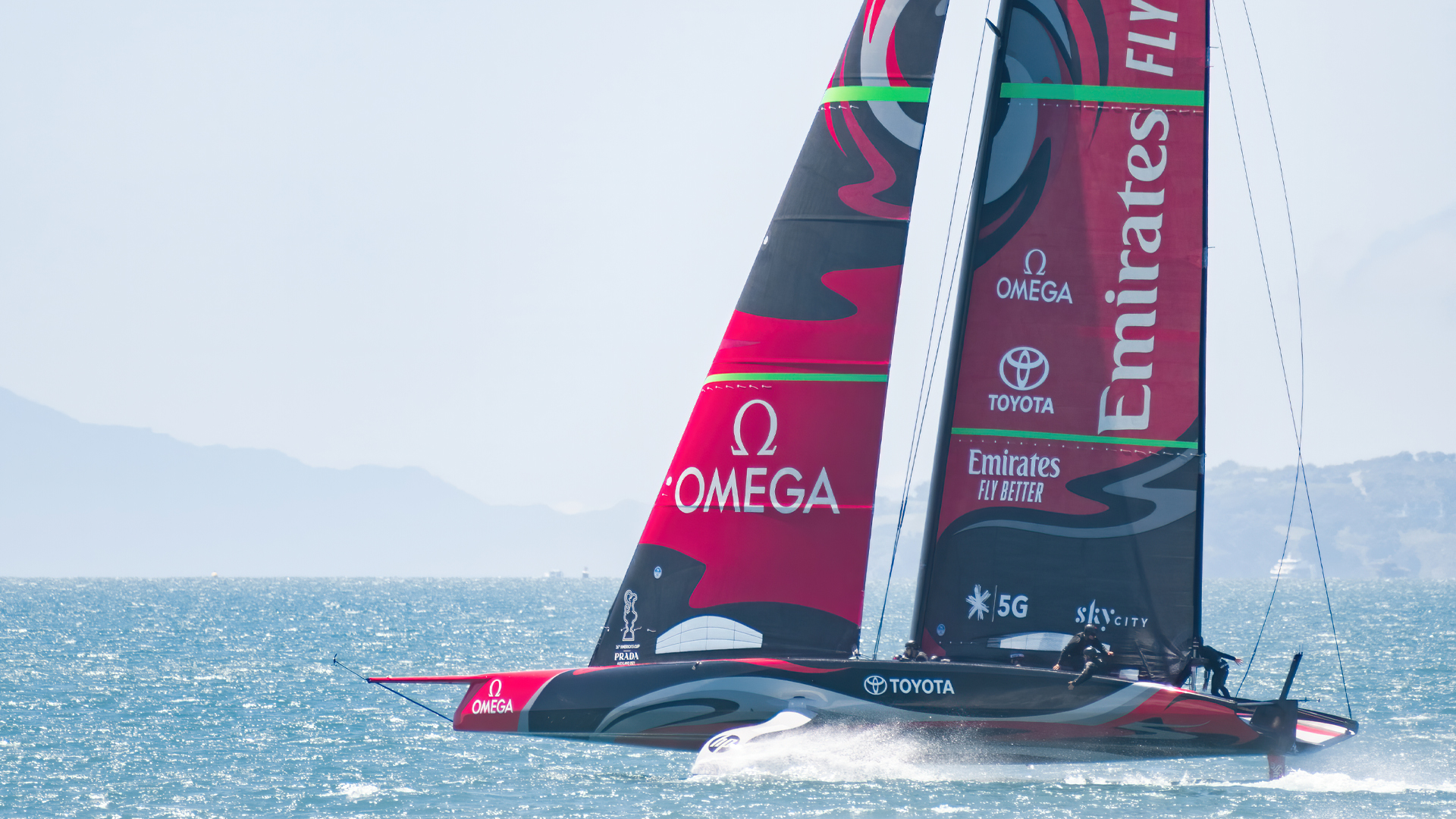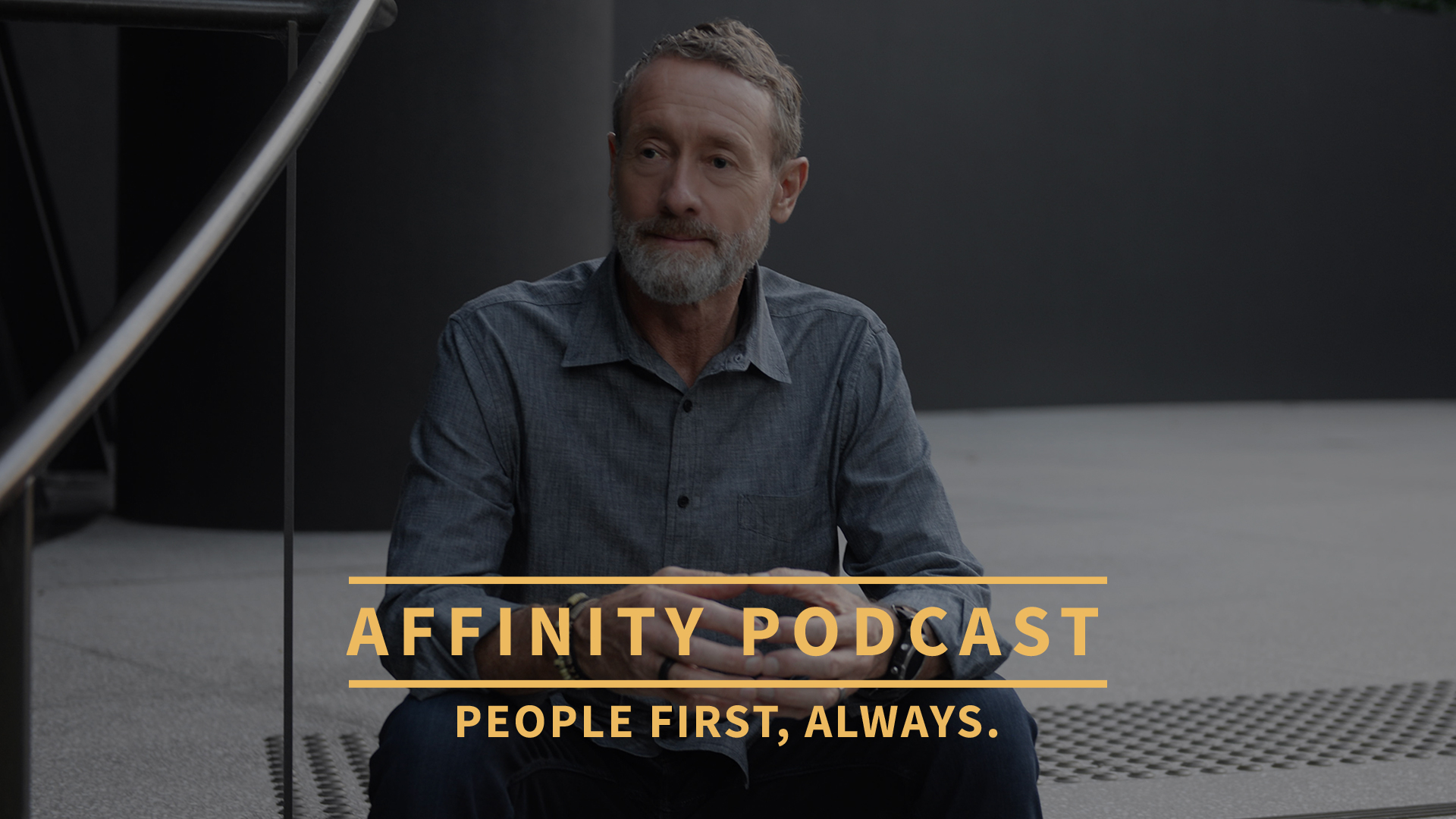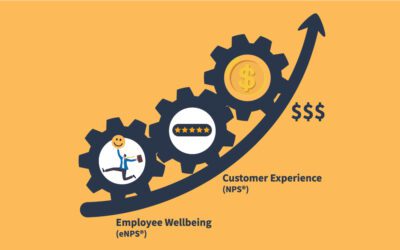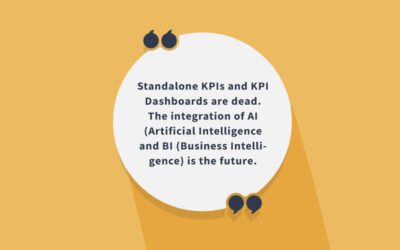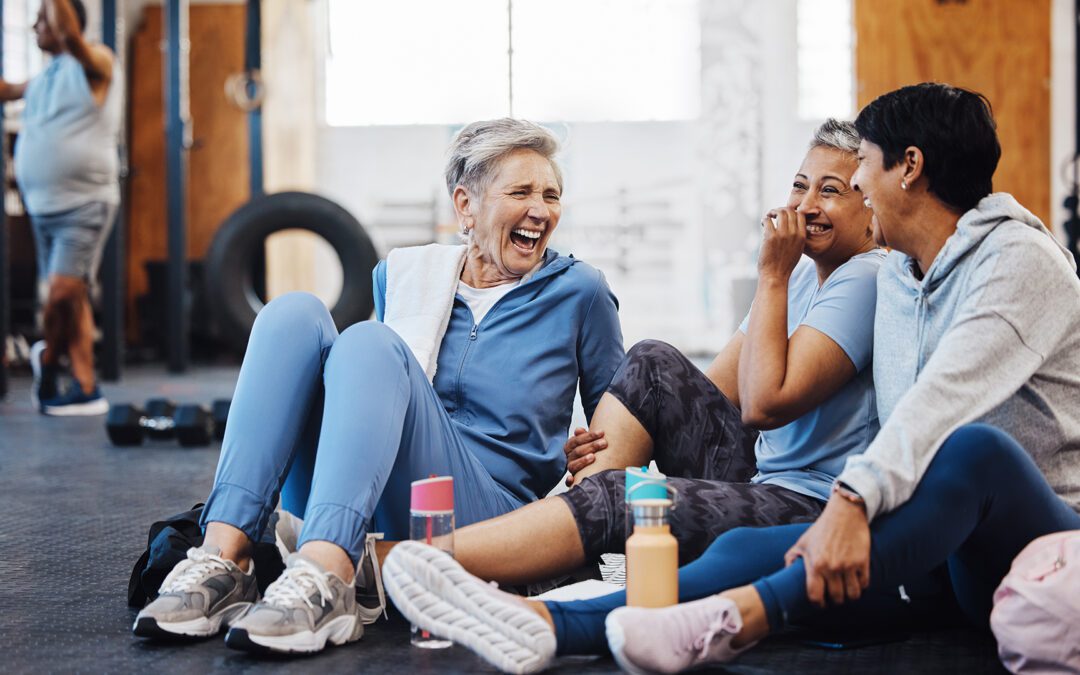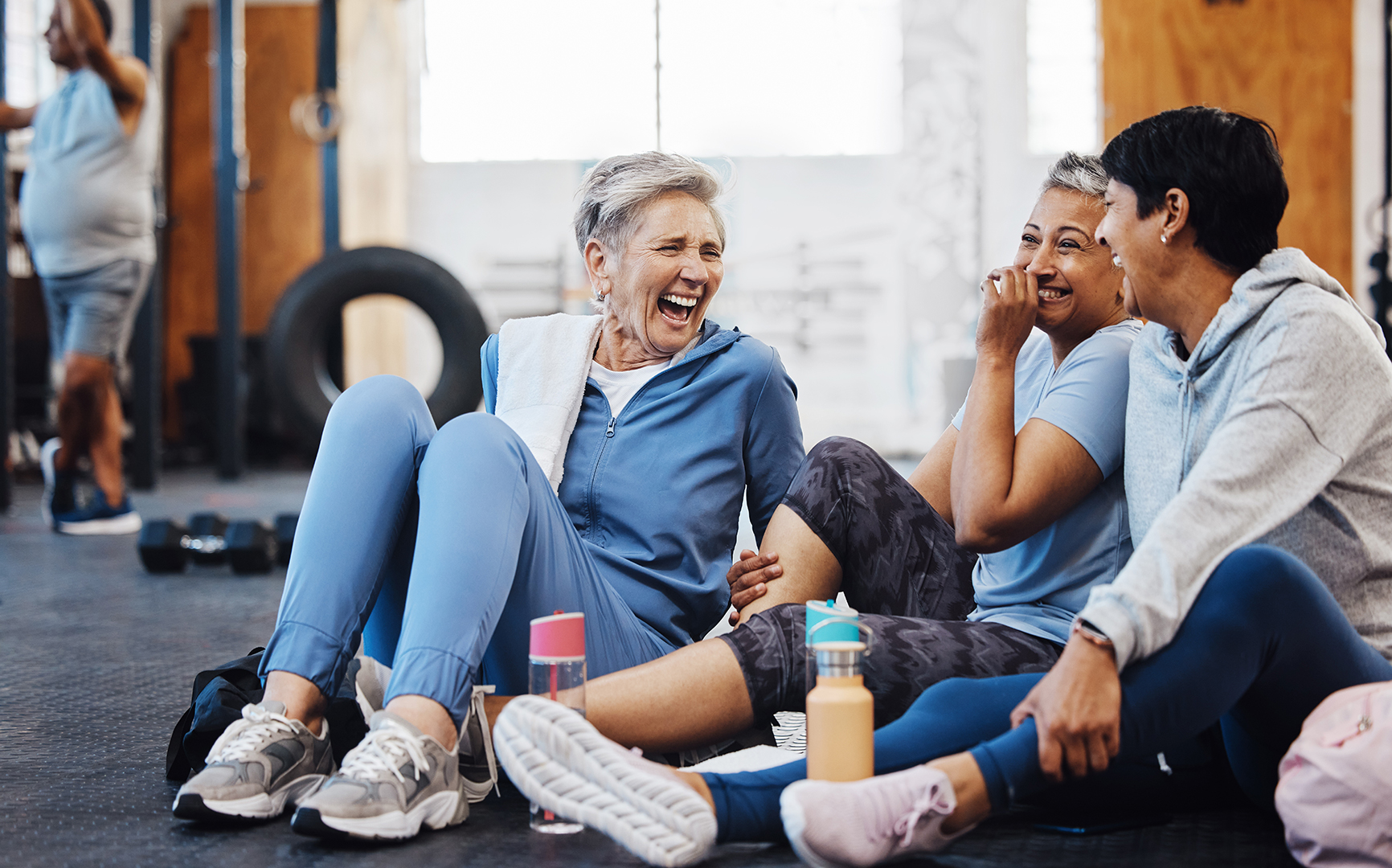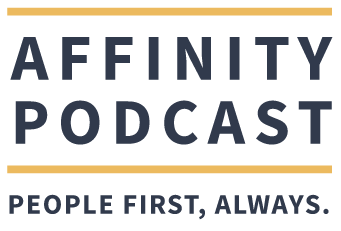In the fitness industry, sales often grab the spotlight due to their immediate results and clear metrics, like quick sign-ups and instant revenue boosts. However, as industry leaders, it’s crucial to understand why retention might seem less controllable but is equally vital for sustainable success.
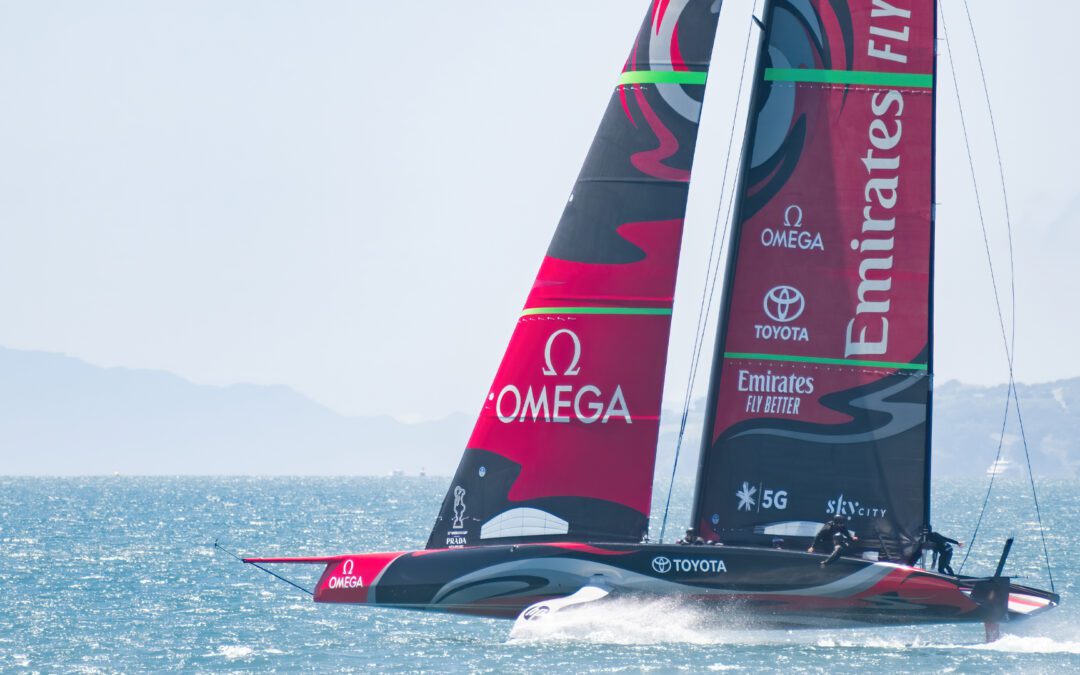
How to Win the America’s Cup of Fitness Business
How to Win the America’s Cup of Fitness Business

Grant Ian Gamble is a best-selling mindful leadership author and speaker. He has over 30 years of experience in leading teams to create innovative customer experiences, building engaged workforces, and developing leaders who prioritize mindfulness in their approach.
Team New Zealand’s innovative application of digital technology in yacht racing contributed significantly to its back-to-back victories in the America’s Cup races of 2017 and 2021. The team had a thorough understanding of the performance of its 75-foot AC75 monohull even before its launch in 2021, thanks to an AI-powered simulation tool. This tool enabled the team to conduct virtual races across numerous prototypes, honing their skills to navigate at speeds of 50 knots on meticulously refined hydrofoils under challenging conditions.
The effectiveness of their simulation technology stemmed from its ability to replicate real-world sailing dynamics accurately by linking various sailing components digitally. This simulation environment not only hosted virtual pre-race trials but also provided race-day analytics, offering consistent and rapid data analysis. This capability allowed for quick adjustments; foil configurations that previously took days to adjust could now be completed in hours.
Moreover, the success of Team New Zealand highlighted the cumulative impact of multiple data points driving small innovations, as noted by one of the designers. Their AI systems efficiently explored numerous potential configurations, pinpointing the optimal design parameters for peak performance. This approach underscores the team’s strategic use of digital advancements to drive significant improvements in yacht racing.
It’s the same approach that helps AFFINITY OS™ navigate the tens of thousands of daily data points, from Team Members and Members, to speed up the learning curve of fitness businesses.
We live in a fast paced, ever changing, trending and diverging business ecosystem that is impossible to navigate using conventional tools. We used to track Team Member and Member feedback through annual surveys. This was labor intensive and even though it delivered important information, this intel was often rendered redundant because it was dated by the time we processed the surveys.
We then went to automation to process surveys more quickly, but an annual survey is still about as useful as flip flops in a snowstorm.
We realized we needed to be taking pulse checks on our team and members in real time, but how do you manage that much data?
Enter AI. Much like Team New Zealand we were able to use AI to process huge amounts of data and distill that data into actionable intelligence, all in real-time, all the time.
It wasn’t just a matter of measuring, it was critical to capture sentiment and prioritize the feedback we were receiving. We needed to remove the chatter and get down to the things that would move the needle on Team Engagement and the Member Experience.
AFFINITY OS was conceived and built around this fast paced world we live in. It was designed to cut through the clutter and produce real time opportunities to fine tune your business. It was engineered to do all the heavy lifting and chart out obvious opportunities to sail past your competition.
Like Team New Zealand, we understand that it is the little things that ultimately make the most difference and help you navigate the complex forces at play in your business today. As much as it might sound contradictory, it is only by leveraging technology that you can hope to get the people piece in focus.
And isn’t it ultimately the people who work in the business that serve the people who pay the bills that matter?
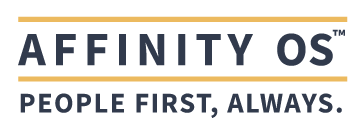
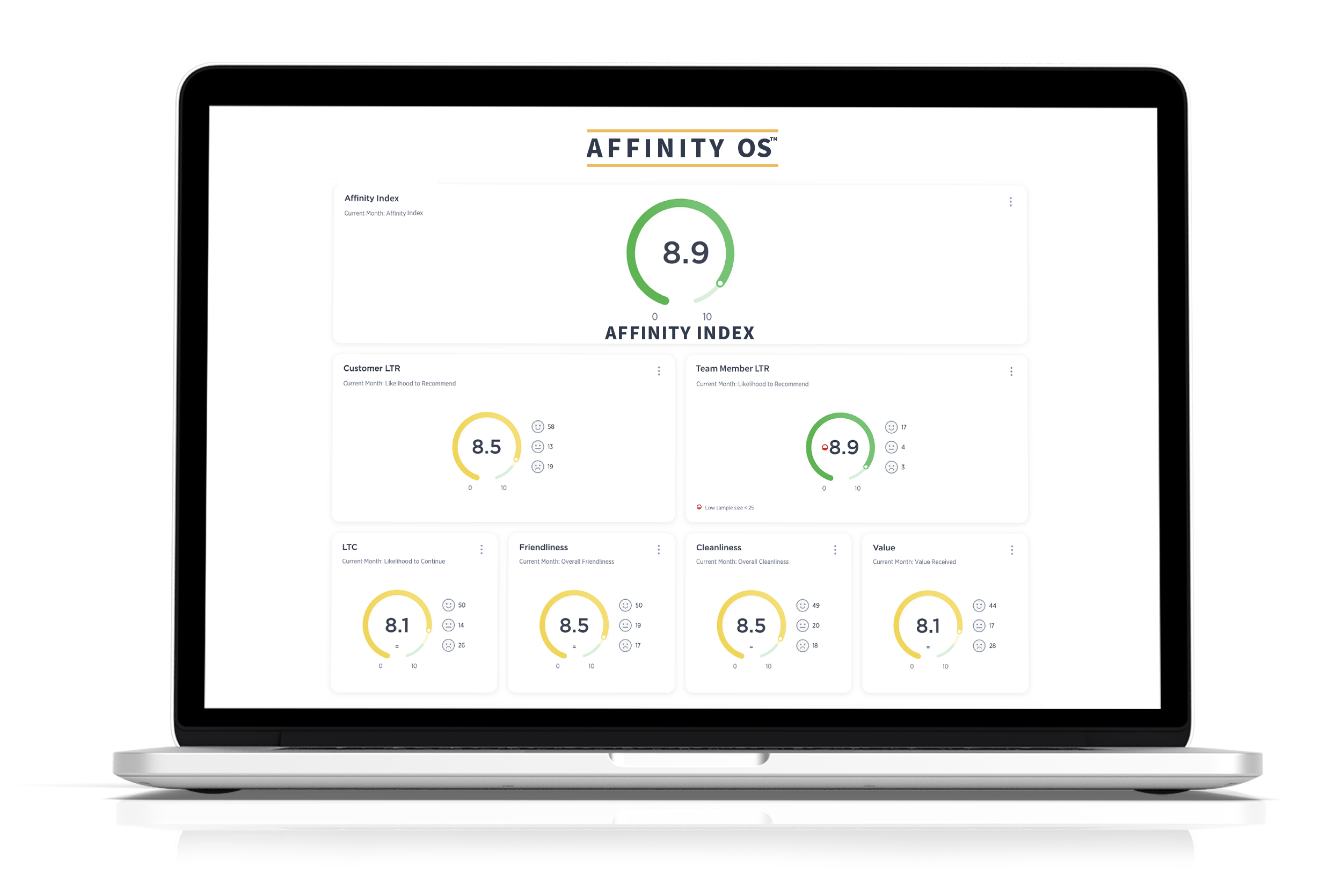 Interested in learning more about how to transform your organization’s approach to team member engagement and customer experience? Reach out to our team at AFFINITY OS, specialists in AI-driven customer experience and team member engagement optimization.
Interested in learning more about how to transform your organization’s approach to team member engagement and customer experience? Reach out to our team at AFFINITY OS, specialists in AI-driven customer experience and team member engagement optimization.

Dive into the heart of exceptional leadership and customer-centric success with AOS Academy. Our certification courses, guided by the “PEOPLE FIRST, ALWAYS” mantra, are designed to support professionals as mindful, effective leaders and service providers.
By integrating key insights from Grant Ian Gamble’s best-selling mindful leadership book, “The Affinity Principle”, we focus on nurturing people-centric cultures of empathy, effective communication, and customer service excellence.
The AOS Academy is more than just training – it’s a journey towards personal and professional transformation, ensuring every interaction and decision is rooted in understanding and valuing people first.
Put PEOPLE FIRST, ALWAYS and watch your business flourish.
Dive deep into the latest trends in customer experience and team engagement, mindful leadership and management. Discover practical tools and strategies that you can use to build a people-centric culture, the foundation for sustainable long-term business growth and success.
Led by mindful leadership expert, Grant Ian Gamble, a best-selling author and true visionary with over 30 years of experience in leading teams to create innovative customer experiences, building engaged, inspired and fulfilled workforces, and developing leaders who prioritize genuine connection in their approach.
The guiding principle behind all of Grant’s work is PEOPLE FIRST, ALWAYS.

More Articles:
Why Sales May Seem Easier Than Retention in the Fitness Industry
Dashboards are Dead. AI-Driven Business Intelligence is the Future.
When I read “Dashboards are Dead”, a recent ThoughtSpot headline, it made me cringe.
Our product, AFFINITY OS™, uses dashboards to visualize the data our AI engine collects from customers/members and team members of our clients’ businesses. Did this mean we needed to rethink the UX, and/or the BI (Business Intelligence) that brings our data into focus?
As ThoughtSpot said in their opening paragraph, “For more than 20 years, dashboards served as a foundational element of business intelligence, helping leaders visualize and share valuable data across their organization.”
How to Win the America’s Cup of Fitness Business
Team New Zealand’s innovative application of digital technology in yacht racing contributed significantly to its back-to-back victories in the America’s Cup races of 2017 and 2021. The team had a thorough understanding of the performance of its 75-foot AC75 monohull even before its launch in 2021, thanks to an AI-powered simulation tool. This tool enabled the team to conduct virtual races across numerous prototypes, honing their skills to navigate at speeds of 50 knots on meticulously refined hydrofoils under challenging conditions.

